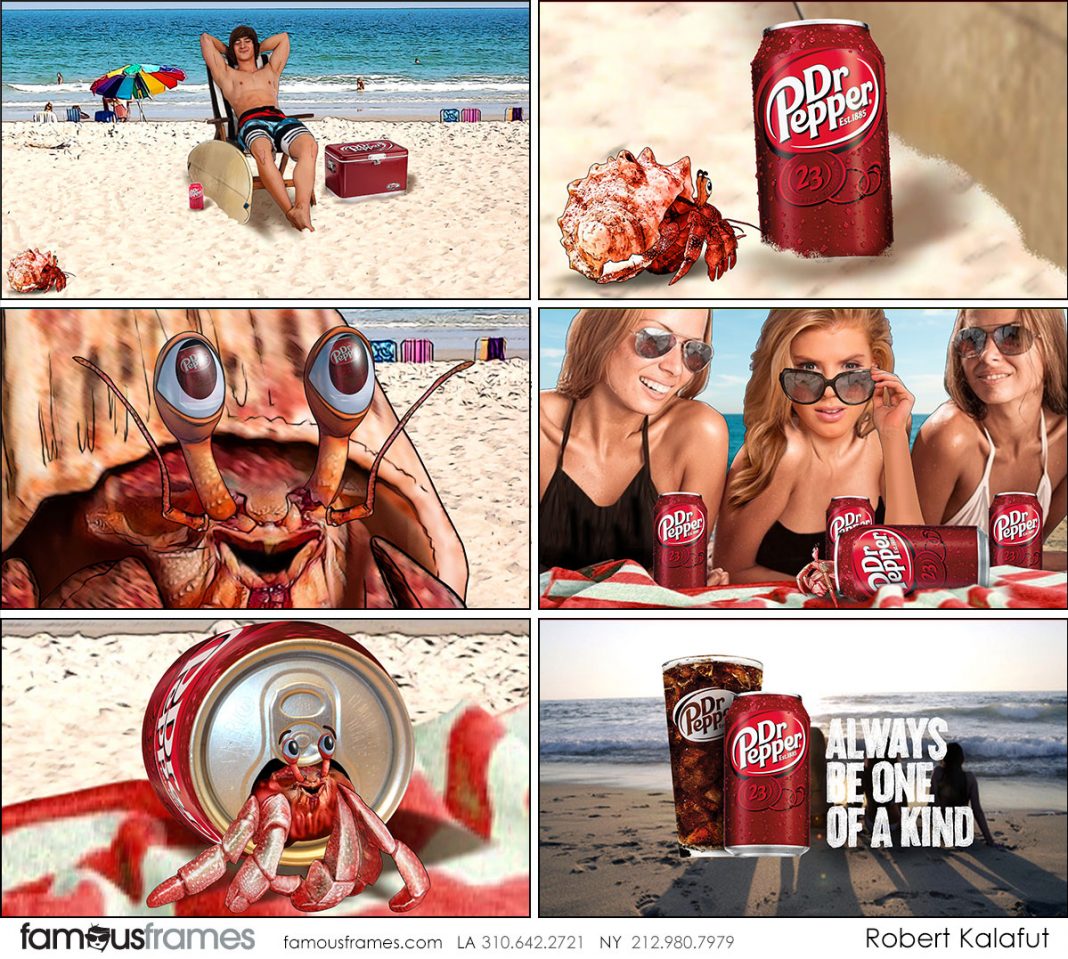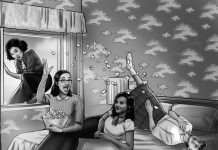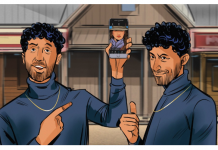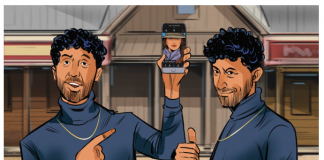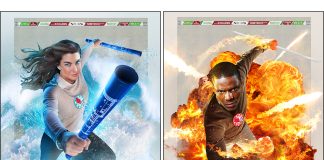Storytelling is a potent marketing tool. It has the power to enthrall viewers, stir up feelings, and leave a lasting impression. Your job as a storyboard artist entails directing the visual story that gives advertisements life. This blog post will go over efficient methods and tactics when making storyboards that grab readers’ attention and tell an engaging tale.
The Power of Storytelling in Advertising
Storytelling plays a vital role in advertising by serving as a means of connecting with audiences. People are naturally drawn to narratives that engage them emotionally and intellectually. By weaving a compelling story, you can create a deep resonance with viewers, making your advertisement memorable and impactful. As a storyboard artist, you can shape the narrative and visualize the story for an advertising campaign.
To create a powerful story in advertising, it’s essential to identify the key elements that resonate with your target audience. Understanding their desires, needs, and motivations will allow you to craft a narrative that speaks directly to them. Incorporating relatable characters and situations can create an emotional connection and make the story more compelling. Think about the feelings you want to arouse in your audience and how the narrative might do so.
Moreover, storytelling allows you to convey complex messages and ideas in a more digestible and engaging manner. Through a well-structured narrative, you can communicate the value of a product or service, showcase its benefits, and demonstrate how it can improve the lives of your audience. Presenting information within a story can make it more memorable and relatable, increasing the likelihood of a lasting impact.
Understanding the Advertising Brief
Before diving into the storyboard creation process, it is essential to understand the advertising brief thoroughly. The brief serves as a roadmap that outlines the campaign’s objectives, target audience, messaging, and desired outcomes. By immersing yourself in the brief, you can align your creative vision with the client’s goals and expectations. Effective communication with clients or creative directors clarifies doubts and avoids misunderstandings.
When reading the advertising brief, examine the client’s direct message and the objectives they hope to achieve. Consider including the product or service’s unique selling points in your visual narrative after identifying their existence. The brief should guide Your creative choices, offering insightful information about the brand’s personality, values, and tone.

Crafting the Visual Narrative
Crafting a compelling visual narrative is fundamental to creating an effective storyboard for advertising. It involves carefully structuring the story to engage and captivate the audience. Start by creating a strong opening that grabs attention and establishes the story’s context. Consider using visually striking imagery, intriguing dialogue, or captivating scenes to hook the viewers.
Put your attention toward creating characters that your audience can relate to make your storyboard relatable. Characters should be complex and compelling so viewers can identify with them emotionally and become invested in their story. Consider their goals, struggles, and motivations because these aspects will influence the story’s development and encourage empathy in the reader.
Building tension, anticipation, and resolution within the storyboard frames is another effective technique to keep viewers engaged. Introduce conflict or challenges the characters must overcome and create a sense of anticipation or curiosity to sustain the audience’s interest. Finally, provide a satisfying resolution that aligns with the brand’s message and objectives, leaving a positive and lasting impression.
Look for inspiration in successful advertising campaigns to learn from their visual storytelling techniques. Analyze how they engage the audience, use visual elements effectively, and create a coherent and engaging narrative. By studying the work of others, you can gain insights into different storytelling approaches and adapt them to your storyboarding process.
Composition and Layout Techniques
Your storyboard frames’ design and arrangement greatly impact how the visual narrative reads as a whole. It can be helpful to experiment with different framing techniques, camera perspectives, and angles to produce visually appealing and compelling scenes. Think about how each frame aids the narrative’s flow and directs the viewer’s attention.
Maintaining a consistent pace and rhythm throughout your storyboard is crucial. Ensure the transitions between frames are smooth and coherent, allowing the story to unfold seamlessly. Consider the visual hierarchy of elements within each frame, emphasizing important story beats or focal points. By carefully arranging the elements, you can guide the viewer’s attention and enhance the storytelling experience.
Balance and aesthetics are also important aspects to consider regarding composition. Aim for balanced layouts that are pleasing to the eye and enhance the visual impact of your storyboard. Consider using negative space, leading lines, and visual contrasts to create a visually dynamic composition. Remember that the composition should support the story and reinforce the desired emotions or messages.
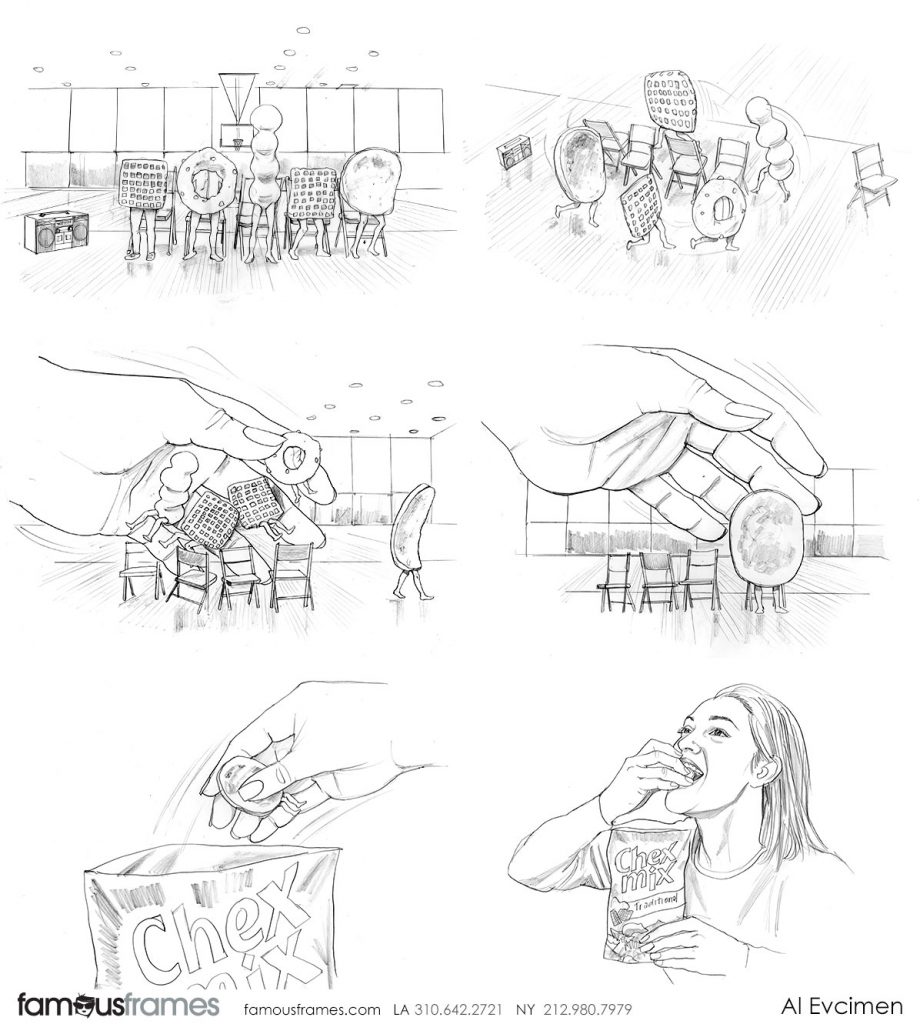
Conveying Brand Messaging and Call to Action
While storytelling is essential, it is equally important to effectively convey the brand messaging and incorporate a clear call to action within your storyboard. The visual narrative should seamlessly integrate the brand’s values, personality, and key messages. Every visual element, from the characters to the background, should align with the brand’s identity and resonate with the target audience.
Consider how you can visually represent the brand’s unique selling points and differentiate it from competitors. Incorporate elements that evoke the desired brand associations and emotions. This could be achieved through color schemes, visual motifs, or symbolic imagery reinforcing the brand’s identity.
Furthermore, a clear call to action is crucial to guide the audience toward the desired response. Whether visiting a website, purchasing, or subscribing to a service, the call to action should be distinct and compelling. Integrate it seamlessly into the visual narrative, ensuring that it doesn’t disrupt the flow of the story but rather feels like a natural progression.
Collaboration and Feedback
Storyboarding for advertising is a collaborative process that involves effective communication and feedback exchange with clients, creative teams, and other stakeholders. Embrace collaboration as an opportunity to refine and strengthen your storyboard. Actively seek feedback from others, as their perspectives can provide valuable insights and help you improve the overall quality of your work.
Keep an open mind and be prepared to iterate and make changes when you receive feedback. Think about the comments in light of the project’s goals and the preferences of the intended audience. Analyze how well the suggested alterations fit with the brand’s messaging and the visual story as a whole.
Recall that feedback is a useful tool for development and improvement.
Throughout the collaboration process, effective communication is crucial. Inform your clients or creative directors frequently about the status of your storyboard, share your thoughts, and ask for clarification when necessary. A common vision can be achieved, and everyone can be sure they are all working towards it with clear communication.
In conclusion, storyboarding for advertising is an art that requires a combination of creativity, storytelling skills, and technical expertise. You can create storyboards that capture attention and tell compelling stories by harnessing the power of storytelling, understanding the advertising brief, crafting a strong visual narrative, employing composition techniques, conveying brand messaging, and embracing collaboration. Continually refine your skills, experiment with new ideas, and strive to deliver impactful visual narratives that leave a lasting impression on viewers.

